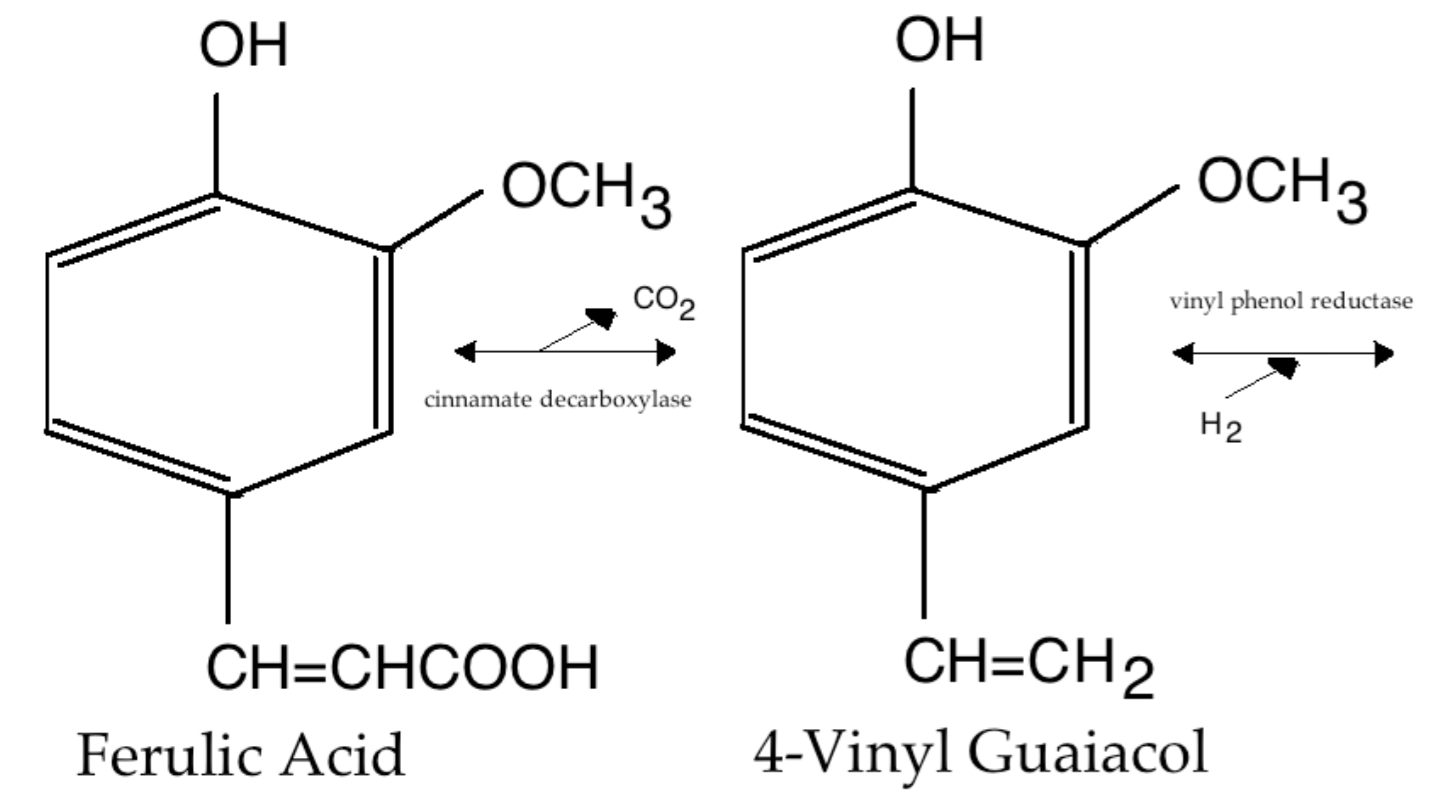Good evening all. I'm posting in hopes that someone can save a novice home-brewer from finally throwing in the towel. I'm 15 brews into my BIAB all-grain adventures and every single brew so far has been embarrassing enough to dump down the drain. I don't give up on things easily but I can't continue to spend time, money, and effort on something that just fails over and over again. The finished product always winds up with a weird flavor I can only describe as a weird clovey astringency. It overpowers all of the natural malt/hop flavors that should be present. A bit of Google research a while back caused me to attribute this to chlorophenols, leading me to attempt the following corrections:
1) Sanitizer - a long time ago I was only "sanitizing" with one-step solution. I've since added star-san at every single step of the process and made sure all equipment makes sufficient contact with the solution as per the directions on the bottle. Didn't notice any change.
2) Equipment - I recycled all plastics (buckets, auto-siphons, airlocks, rubber stoppers, etc. and replaced them with brand new ones. Didn't notice any change.
3) Yeast - I've tried several different varieties of yeast - started with US-05, then switched to Nottingham, and also tried BRY-97. Didn't notice any change.
4) Pitch and fermentation temps - I always pitch at 70F and ferment at +/- 2 degrees from there.
5) Water - I learned to treat my tap water with campden and also tried buying RO water from 2 different grocery stores. Didn't notice any change.
Now for what I hope will be the strongest clue. On my last 3 brews (a rye IPA, an imperial IPA, and a cream ale) I've become anal about trying to determine where in the process this flavor is being introduced. In all three cases, I did not detect any off flavors before pitching, when transferring to secondary (and dry hopping), or when bottling. The flavors only become noticeable when drinking the finished product out of the bottle. Of course this will beg the question - how good is your bottle cleaning/sanitation? I soak the bottles with hot water for an hour, clean and shake vigorously with one-step solution, and sanitize with star-san, so I don't believe there's a sanitation issue. I similarly treat the auto siphon and bottling bucket. I've also noticed this with brand new bottles, and even tried 16oz swing tops as well as standard 12oz bottles that get capped. I add about 2/3 cup of corn sugar boiled with water for 10 minutes to the bottling bucket before bottling and stir. Bottling is perform through the auto siphon with a bottling wand (so not going through any gaskets/spigots on the bucket).
Someone please help me! I'm hanging on to this hobby by a thread and don't want to give up but my frustration level is at my personal peak!
1) Sanitizer - a long time ago I was only "sanitizing" with one-step solution. I've since added star-san at every single step of the process and made sure all equipment makes sufficient contact with the solution as per the directions on the bottle. Didn't notice any change.
2) Equipment - I recycled all plastics (buckets, auto-siphons, airlocks, rubber stoppers, etc. and replaced them with brand new ones. Didn't notice any change.
3) Yeast - I've tried several different varieties of yeast - started with US-05, then switched to Nottingham, and also tried BRY-97. Didn't notice any change.
4) Pitch and fermentation temps - I always pitch at 70F and ferment at +/- 2 degrees from there.
5) Water - I learned to treat my tap water with campden and also tried buying RO water from 2 different grocery stores. Didn't notice any change.
Now for what I hope will be the strongest clue. On my last 3 brews (a rye IPA, an imperial IPA, and a cream ale) I've become anal about trying to determine where in the process this flavor is being introduced. In all three cases, I did not detect any off flavors before pitching, when transferring to secondary (and dry hopping), or when bottling. The flavors only become noticeable when drinking the finished product out of the bottle. Of course this will beg the question - how good is your bottle cleaning/sanitation? I soak the bottles with hot water for an hour, clean and shake vigorously with one-step solution, and sanitize with star-san, so I don't believe there's a sanitation issue. I similarly treat the auto siphon and bottling bucket. I've also noticed this with brand new bottles, and even tried 16oz swing tops as well as standard 12oz bottles that get capped. I add about 2/3 cup of corn sugar boiled with water for 10 minutes to the bottling bucket before bottling and stir. Bottling is perform through the auto siphon with a bottling wand (so not going through any gaskets/spigots on the bucket).
Someone please help me! I'm hanging on to this hobby by a thread and don't want to give up but my frustration level is at my personal peak!




